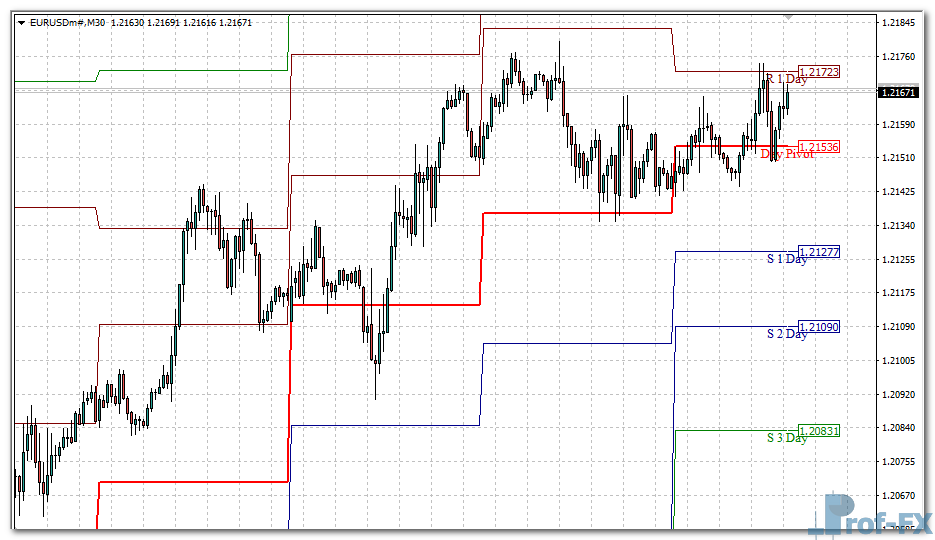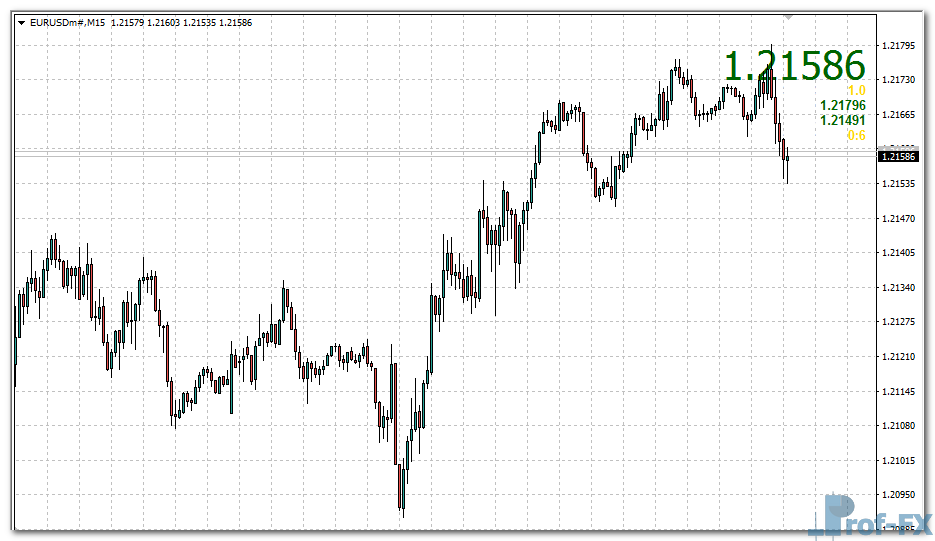U.S. Core PCE Price Index m/m
Forecast: 0.2% Previous: 0.2%
Collecting data.
Wait until next event.
00
Days
00
Hours
00
Minutes
00
Seconds
New Programs
| Central Banks | ||
| Federal Reserve | 4.50% | |
| European Central Bank | 3.15% | |
| Bank of England | 4.75% | |
| Swizz National Bank | 0.50% | |
| Reserve Bank of Australia | 4.35% | |
| Bank of Canada | 3.25% | |
| R. Bank of New Zealand | 4.25% | |
| Bank of Japan | 0.25% | |
Forex Education & Journal’s
-

The technical analysis space amidst the scope of the market trade is wrought with innumerable options to track the market ….
-

A Closer Look at Simple Moving Averages (SMA) Moving averages are among the most widely used tools in forex trading ….
-

In the first part of our series on trading support and resistance, we explored the significance of these levels in ….
-

Support and resistance levels are among the most widely utilized technical tools in the Forex market. These pivotal charting points ….




















